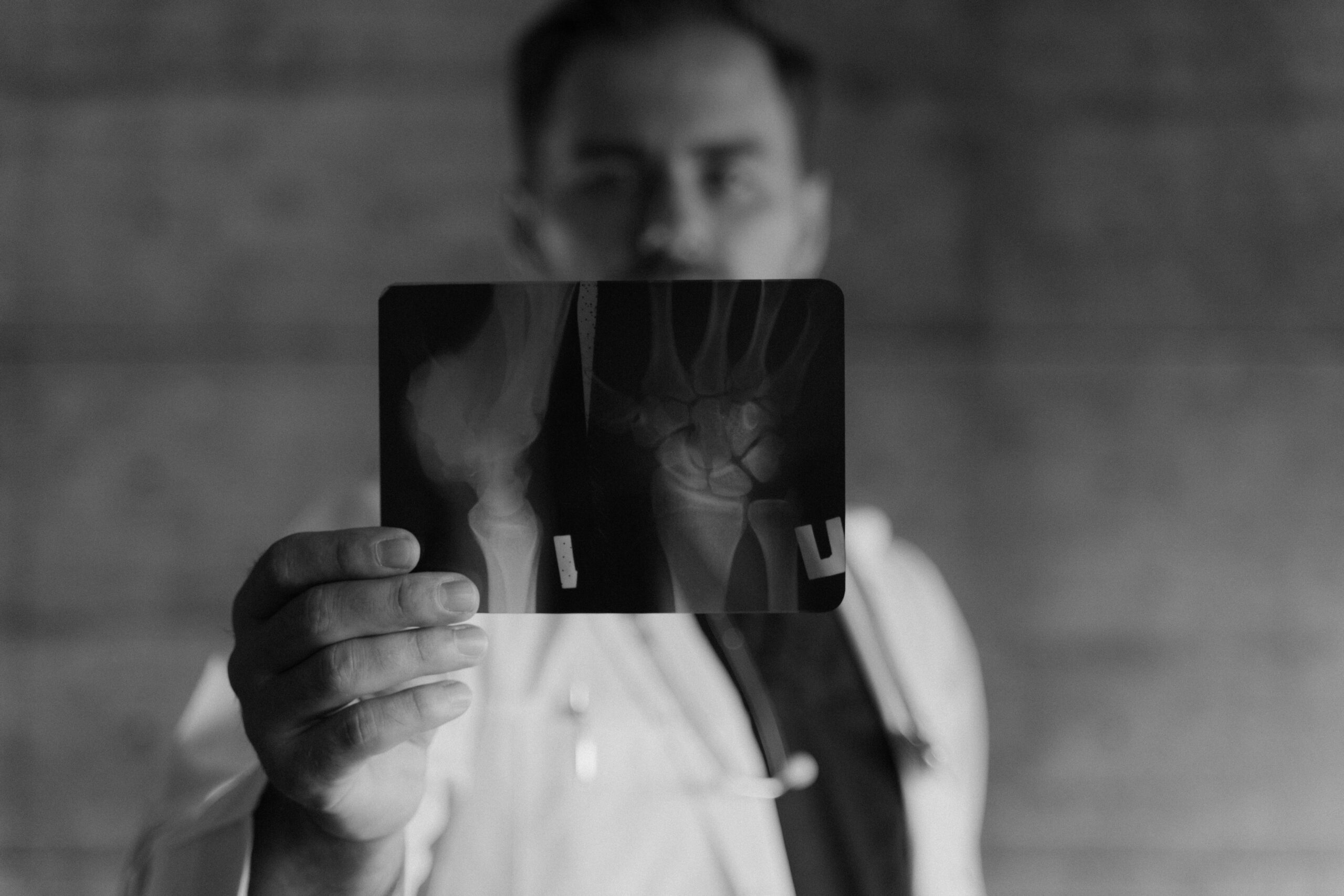What is Retro Authorization & Why it is Important in Medical Billing?
What is Retro Authorization & Why it is Important in Medical Billing?
In the ever-evolving field of medical billing, obtaining retro authorization, also recognized as retroactive authorization, is a key determinant for precise reimbursement of healthcare services. Precision is essential for healthcare professionals managing the complexities of obtaining authorization, and this retro-approval process becomes a crucial element within the broader scope of medical billing.
Healthcare providers must thoroughly understand the associated rules and regulations within this dynamic landscape. Grasping these processes is essential to ensure the proper authorization of services rendered in the past.
Before we get into the details of retro authorization, let’s first understand what authorization means in medical billing. It’s like laying the groundwork – once we know the basics, the whole retro authorization thing will make a lot more sense!
What is Authorization in Medical Billing?
Authorization in medical billing is crucial, needing approval from a patient’s insurance before specific healthcare services. It ensures coverage for planned treatments, avoiding financial issues. Unauthorized services can lead to denied claims and higher out-of-pocket costs, underscoring its significance in the billing process.
Pre Authorization:
Pre-authorization in medical billing acts as a crucial gatekeeper, requiring insurance approval before any service, ensuring alignment with coverage, and preventing billing complications
Retro Authorization:
After a medical service, retro authorization seeks approval due to unforeseen circumstances. It addresses issues from the lack of prior approval, and smoothing post-treatment billing.
Concurrent Authorization:
During ongoing care, concurrent authorization maintains continuous coverage. Crucial for extended treatments, it offers ongoing approval, simplifying billing, and enhancing patient care.
Authorization acts as a shield, ensuring transparency and smooth billing, adhering to insurance rules. It secures access to treatments without financial surprises. Understanding authorization complexities is crucial for efficient and patient-friendly billing.
What is Retro Authorization in Medical Billing?
Retro Authorization in medical billing involves seeking approval for healthcare services that have already been provided to the patient. In essence, it is a process triggered after the patient has undergone treatment or received specific healthcare services. It’s a post-treatment process.
Need for Approval: Changes in insurance policies or pre-authorization criteria necessitate retro authorization.
Impact on Coverage: Retro authorization ensures compliance with evolving insurance guidelines to secure reimbursement.
Provider Requirement: Medical providers must obtain retro authorization to facilitate billing for services already provided.
Retro Authorization is a crucial step in navigating the complexities of medical billing, ensuring that healthcare providers can retroactively secure approval for already-delivered services. Stay tuned for more insights on optimizing billing practices in the ever-evolving healthcare landscape.
When is Retro Authorization Applicable in Medical Billing?
Retro Authorization in medical billing is relevant when healthcare providers require approval for services that have already been provided to patients. Various scenarios may necessitate Retro Authorization, such as changes in insurance policies, evolving pre-authorization requirements, or other factors impacting healthcare service coverage.
Additionally, situations where a patient receives a retroactive referral from another healthcare professional or seeks immediate care in a one-time occurrence without prior approval can trigger the need for Retro Authorization.
- Insurance Changes
Retro Authorization may be required due to shifts in insurance policies affecting coverage.
- Evolving Prior-authorization
Changes in prior-authorization requirements can prompt the need for retroactive approval.
- Retroactive Referral
A referral from another healthcare professional after services may necessitate Retro Authorization.
In one-time occurrences, like emergencies, Retro Authorization becomes crucial for healthcare providers to navigate billing complexities and secure reimbursement for immediate care provided to patients without prior authorization.
How Does Retro Authorization Work in Medical Billing?
The necessity for a retro request in medical billing arises as a pivotal step in obtaining approval for healthcare services already rendered. This crucial process is prompted by shifts in insurance policies, changes in pre-authorization requirements, or other factors influencing healthcare service coverage. Now, let’s delve into the components of the retro authorization process.
The Retro Authorization Process:
The retro authorization process involves several key components to secure approval for medical services after they have been rendered.
Identification of Need: Providers identify the need based on insurance policy changes or prior authorization shifts.
Submission of Documentation: Relevant documentation, detailing services and reasons for retroactive approval, is gathered and submitted.
Communication with Insurer: Direct communication occurs, presenting the case for retro authorization and reasons for seeking post-treatment approval.
Approval or Denial: The insurance provider evaluates the request, either approving reimbursement for services or denying it, prompting providers to navigate appeals or explore alternative solutions.
Understanding these components is essential for healthcare providers to effectively navigate the retro authorization process, ensuring proper reimbursement for services rendered.
Factors Influencing Retro Authorization Eligibility in Healthcare
In the realm of retro authorization in healthcare, various factors impact a provider’s eligibility for approval. One critical aspect involves the timely submission of requests, typically within 30 days post-service, playing a pivotal role in the process. Additionally, medical necessity evaluations conducted by the insurance company contribute significantly to the determination of service essentially.
Considerations such as plan limitations, specifically those related to certain services, and adherence to provider qualifications based on specialty and state regulations are integral to the retro authorization process.
Understanding and complying with these factors ensure a smoother pathway for retro authorization, ultimately reducing the likelihood of denials and establishing a robust framework for effective retro referrals in healthcare.
Do All Insurers Accept Retro Authorization in Medical Billing?
Securing retro authorization in medical billing isn’t guaranteed universally, with policies varying among insurers. While some readily accept retro authorization, others may have specific criteria. Providers must be attentive to insurer policies, aligning practices accordingly.
The landscape of retro authorization acceptance is diverse, adding complexity to medical billing. Healthcare providers need to be well-versed in each insurer’s policies, ensuring alignment with unique requirements. This adaptability is crucial for navigating the varied terrain of retro authorization acceptance.
Successful Retro Authorization for Efficient Claims Reimbursement
Successful retro authorization is vital for healthcare providers in achieving efficient claims reimbursement. In the realm of medical billing, retro authorization, or retroactive authorization, ensures precision in reimbursement processes. Providers navigate dynamic rules and regulations for accurate authorization of past services, setting the stage for streamlined claims reimbursement.
Retro authorization, as a post-treatment procedure, responds to shifts in insurance policies or pre authorization criteria. This critical step aligns with evolving insurance guidelines, securing reimbursement for previously administered services.
Providers play a pivotal role by identifying the need, submitting relevant documentation, and engaging in direct communication with insurers. A comprehensive understanding of these components is essential for navigating the retro authorization process successfully and optimizing claims reimbursement in healthcare.
Final Thoughts
Mastering retro authorization is crucial for seamless claims reimbursement. Understanding this post-treatment procedure allows providers to optimize billing practices and ensure accurate reimbursement. Successful navigation streamlines the claims process, contributing to an efficient and patient-friendly healthcare billing experience.
Staying informed about retro authorization guidelines is vital in the evolving healthcare landscape. Implementing these practices proactively fosters financial predictability and transparency. Providers prioritizing this approach will navigate claims reimbursement complexities efficiently, enhancing overall billing practices.
Title: What is Retro Authorization & Why it is Efficient for Claims | House of Outsourcing®
URL: https://houseofoutsourcing.com/what-retro-authorization
Description: Explore the dynamics of retro authorization in medical billing, ensuring accuracy for streamlined and transparent healthcare reimbursement.
Table of Contents
- Understanding the Basics of Billing and Coding
- Implementing Accurate Documentation Practices
- Utilizing Advanced Software Solutions
- Training and Educating Staff
- Regular Audits and Reviews
- Staying Updated with Coding Standards and Regulations
- Enhancing Communication Between Departments
- Outsourcing Billing and Coding Services
- Bottom Line





